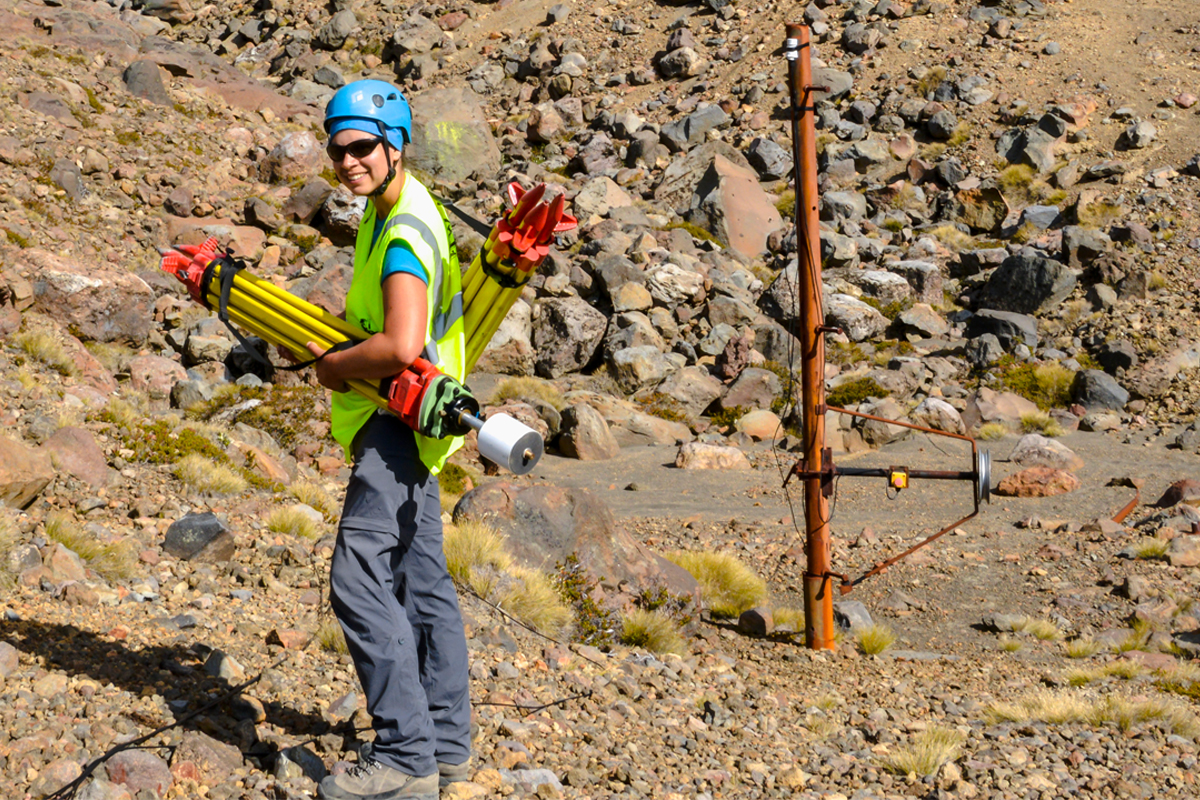All Categories
Featured
Table of Contents
Surveys In Geophysics in Karrinyup Australia 2020

(PREM)., and the boundaries between layers of the mantle are constant with phase transitions.

Schematic of Earth's magnetosphere. Circulations from left to.
Inside the magnetosphere, there are reasonably dense areas of solar wind particles called the Van Allen radiation belts. Geophysical measurements are normally at a particular time and location.
Geophysical Survey - Plaza Of The Columns Complex in Lockridge Aus 2023
A three-dimensional position is determined utilizing messages from four or more visible satellites and referred to the 1980 Geodetic Referral System. An alternative, optical astronomy, integrates huge coordinates and the regional gravity vector to get geodetic collaborates. This technique only supplies the position in 2 collaborates and is more difficult to utilize than GPS.
Gravity measurements ended up being part of geodesy due to the fact that they were required to related measurements at the surface area of the Earth to the reference coordinate system.
Sea level can likewise be determined by satellites utilizing radar altimetry, contributing to a more accurate geoid. In 2002, NASA released the Gravity Recovery and Environment Experiment (GRACE), where 2 twin satellites map variations in Earth's gravity field by making measurements of the range between the two satellites using GPS and a microwave varying system. Satellites in space have actually made it possible to collect information from not only the visible light region, but in other locations of the electro-magnetic spectrum. The worlds can be identified by their force fields: gravity and their magnetic fields, which are studied through geophysics and area physics. Determining the changes in velocity experienced by spacecraft as they orbit has actually permitted fine information of the gravity fields of the worlds to be mapped.
Standard And Guidance For Archaeological Geophysical ... in Swan View Oz 2023

Since geophysics is concerned with the shape of the Earth, and by extension the mapping of functions around and in the world, geophysical measurements include high precision GPS measurements. These measurements are processed to increase their precision through differential GPS processing. When the geophysical measurements have actually been processed and inverted, the interpreted results are plotted using GIS.
Many geophysics companies have developed in-house geophysics programs that pre-date Arc, GIS and Geo, Soft in order to satisfy the visualization requirements of a geophysical dataset. Exploration geophysics is used geophysics that typically uses remote noticing platforms such as; satellites, aircraft, ships, boats, rovers, drones, borehole picking up devices, and seismic receivers.
For circumstances, aeromagnetic information (airplane gathered magnetic information) collected using standard fixed-wing aircraft platforms must be corrected for electromagnetic eddy currents that are developed as the aircraft moves through Earth's magnetic field. There are likewise corrections related to modifications in measured prospective field intensity as the Earth turns, as the Earth orbits the Sun, and as the moon orbits the Earth.
Standard And Guidance For Archaeological Geophysical ... in Leederville WA 2023
Signal processing involves the correction of time-series information for undesirable noise or mistakes introduced by the measurement platform, such as airplane vibrations in gravity information. It also includes the decrease of sources of noise, such as diurnal corrections in magnetic information., meteorology, and physics.
The magnetic compass existed in China back as far as the fourth century BC. It was utilized as much for feng shui as for navigation on land. It was not until great steel needles could be forged that compasses were used for navigation at sea; before that, they might not retain their magnetism long enough to be helpful.
By looking at which of 8 toads had the ball, one could figure out the direction of the earthquake.'s (1600 ), a report of a series of precise experiments in magnetism.
Career Guide: Geophysicist in Joondalup WA 2021
In 1687 Isaac Newton published his, which not just laid the foundations for classical mechanics and gravitation but also discussed a variety of geophysical phenomena such as the tides and the precession of the equinox. The very first seismometer, an instrument efficient in keeping a continuous record of seismic activity, was constructed by James Forbes in 1844. Geochemistry, Geophysics, Geosystems. National Aeronautics and Space Administration. Obtained 13 November 2018.
Leipzig. Berlin (Gebruder Borntraeger). Runcorn, S.K, (editor-in-chief), 1967, International dictionary of geophysics:. Pergamon, Oxford, 2 volumes, 1,728 pp., 730 fig Geophysics, 1970, Encyclopaedia Britannica, Vol. 10, p. 202-202 Ross 1995, pp. 236242 Shearer, Peter M. (2009 ). Introduction to seismology (2nd ed.). Cambridge: Cambridge University Press. ISBN 9780521708425. Stphane, Sainson (2017 ).
Latest Posts
Course: Basics In Geophysical Surveying in Langford WA 2022
Geophysicist Careers in Munster Aus 2021
Airborne Geophysical Surveys in Caversham WA 2020